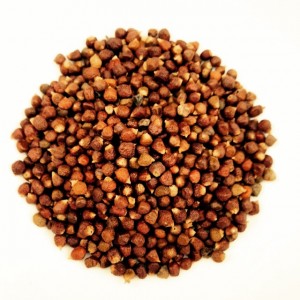Quoddy Mist Sea Salt from Maine (Seen Above)
Cook or finish with this salt, or try putting in your salt grinder. We’ve been experimenting with this salt at home and loving this all-natural, slightly damp sea salt from Maine, especially with seafood. It’s briny, mineral and kelp qualities do a great job highlighting the same in local fish. We also think it’s size and crunch make it great to sprinkle on freshly fried food right before serving. How local is your fish and chips? How ’bout down to the salt?
Maldon Sea Salt
With it’s well-known pyramid-shaped crystals, is thin, flaky, slightly iodine tasting and a decidedly crisp texture. This salt has a fresh, straightforward taste and clean finish. Maldon Smoked Salt is the same salt, only cold-smoked.
Fleur de Sel
On the Ile de Re on the coast of France, the sauniers (salt harvesters) build shallow and wide clay pools. The seawater comes in and settles, and the sun starts to evaporate the water. Small crystals start to form a thin crust on top of the water. This is fleur de sel, and it must be fished out gently with a net (that looks kind of like a pool net) without disturbing the crust and pushing it underwater, or stirring up sediment from the bottom of the salt pool. A bit more challenging than fishing in the fryer for tempura crumbs, it sounds kind of dreamy right now, compared to shoveling snow and scattering whatever is the opposite of fleur de sel all over the front steps.
The Grey “Sel Marin”
Also from the Ile de Re, however, Sel Marin is harvested from the bottom of the salt pool with a rake. The minerals and sediment in the clay are what gives this coarse grey sea salt it’s characteristic minerality. Fun facts: coarse grey sea salt is denser than regular kosher or table salt, therefore you get more salt per unit if measured by volume. Also, because the salt is moist, it doesn’t draw blood away from food–unlike kosher salt, which is designed to draw blood away from food. This makes grey salt perfect for seasoning proteins, especially things like steak, duck and lamb. This salt can be used for both cooking and finishing.
Other Available Salt
- Pink Salt, aka Curing Salt #1
- Danish Viking Smoked Sea Salt
- Red Boat Fish Salt
- “Pure Ocean” Brazilian Rock Salt
Grains of Paradise
 Who: member of the Zingiberaceae–the Ginger family.
Who: member of the Zingiberaceae–the Ginger family.
What: a small seed with notes of citrus zest, pepper, cardamom and clove.
Where: originated in West Africa, and spread via caravan trade routes through the Sahara to North Africa and Sicily. It remains part of the cuisine throughout all these areas.
When: popularity reached it’s height in the western world in the 14th century
How: Historically, used in sausage and beer. Currently found in some craft beers, aquavit, and gin. Alton Brown puts it in his apple pie. Anywhere you’d use pepper or warm baking spices.